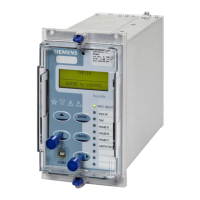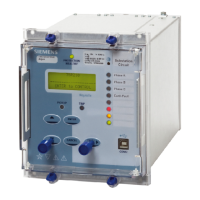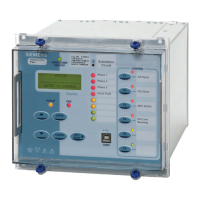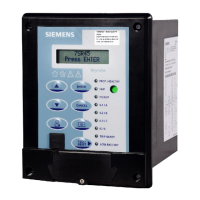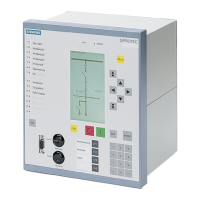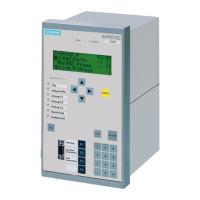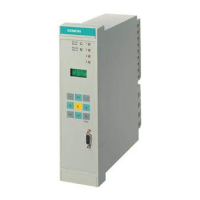7SR18 Applications Guide
Unrestricted Page 26 of 63 ©2018 Siemens Protection Devices Limited
5.3.1 Example CT Requirement - Solidly Earthed 10 km 132 kV Feeder
The cable feeder is 10 km in length and uses single-core 630 mm
2
cables. The 132 kV power system is solidly
earthed and has a minimum internal earth-fault level of 15000 A with a cable circuit rating of 840 A. The CT ratio
is chosen to be 1000/1 A. Cables rated at 132 kV have earthed sheaths and are cross-bonded. All internal feeder
faults will therefore be earth-faults.
As shown later the P/F Differential setting should be chosen so that the minimum internal earth-fault level is
detected. Where the power system is non-effectively earthed such as resistance or reactance type earthing, the
load current will continue during the fault. The load current will have an effect of biasing the relay towards stability.
In this case, as the system is solidly earthed, and the cables are cross-bonded to earth at each substation and
cable joint all internal earth-faults will be large. The fault current will almost exclusively return to the source via the
cable sheathed, which will cancel most of the induction effect of the fault current.
The minimum earth-fault level is estimated to be not less than 15,000 A, are the minimum setting of 0.5 x I
N
can
be chosen. This level of earth-fault will always produce a large differential current and a fast and definite relay
operation. If the circuit were resistance or reactance earthed a higher setting would be required.
Differential Current = 15000/1000 A = 15 x I
N
, Bias Current = (15 + 0) / 2 = 7.5 x I
N
. This fault would appear in the
operate region of the bias characteristic at a percentage slope of approximately 200%.
If we assume the total secondary resistance is 5 Ohms, then the Vk requirement can be established.
The cable feeder is fed from a busbar with a three-phase fault level of 40 kA and a maximum X/R of 50. As
explained earlier these two extremes cannot occur together as they would compromise the circuit-breaker
breaking capacity. The above Transient Current Multiples (TCM) are used to limit the parameters used to practical
maximum values. The maximum TCM of 700 is applied to 132 kV systems. The parameters to use for each of the
two cases were calculated previously to be:
Case 1 – CT required with a maximum X/R of 50 and a fault level of 14 kA.
Case 2 – CT required with a maximum fault level of 40 kA and an X/R of 17.5.
The CT’s are 1000/1 A and have a secondary winding resistance of 4 Ohms. The lead loop resistance (R
LL
), CT
secondary winding resistance and relay phase input resistance of 0.05 Ohms, must be added together to find the
total circuit resistance of the secondary circuit (R
S
).
The cable has a characteristic impedance of X = - j 0.1277 Ohms per km, and R = 0.039 Ohms per km. The
charging current for this type of cable is 8 A per km.
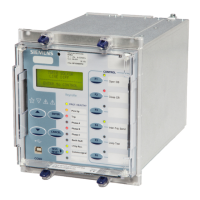
